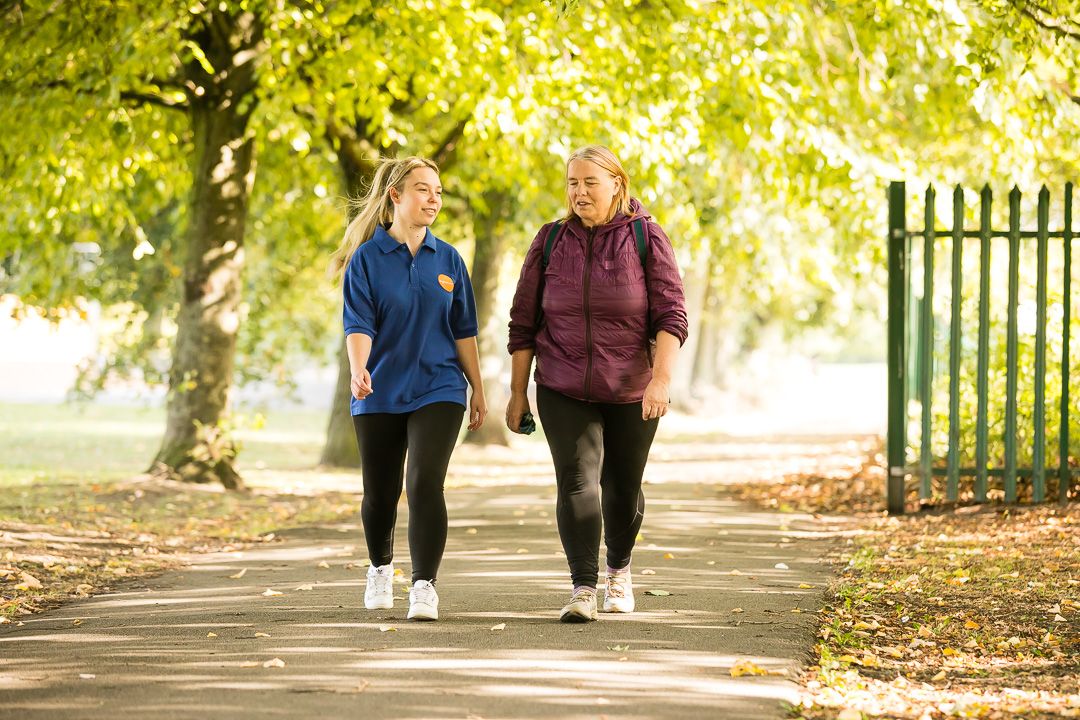5 Tips for Increasing Physical Activity
1st August 2023

Regular physical activity is good for our bodies and minds, but it can be difficult to get started – especially if we're not particularly sporty or have not done any exercise for a while. Here are some simple tips to building more activity into your day.
-
Set goals Setting goals is important for staying focused. Goals can be a great source of motivation when things get tough. To make the process easier, you may want to use the SMART goals template. S – Specific – Do you know exactly what it is you want to achieve? M – Measurable – Can you track it? How will you know when you’ve achieved it? A – Attainable – How can you accomplish your goal?
R – Realistic – Can you genuinely reach that goal? T – Time – When can you complete the goal? -
Choose something you enjoy Choose an activity you find enjoyable, so you feel excited and motivated to do it. When you enjoy the exercise you’re doing, you will be more inclined to stick with it in the long run and experience the many health benefits of being active.
-
Start small and build up If you’re currently inactive, it’s important you don’t try to do too much too soon. Begin with something you can manage and work your way up gradually. \
For instance, a 15-minute walk would be a good start. Once you get comfortable, increase it to 20 minutes. Continue with these small increments until you’re comfortable walking for 45 minutes. By doing this, you can avoid injuries and give your body time to adjust to the new routine.\
There are other ways to build up your activity level, such as increasing the frequency of your exercises, changing the intensity of your workout, trying a different type of exercise, or increasing the duration of your workout.
-
Make it a habit To achieve lasting and consistent success, it's important to incorporate physical activity into your daily routine. Planning your exercise ahead of time can help you meet the recommended 150 minutes of weekly activity, even if you break it up into smaller sessions of 10 or 15 minutes. Remember, even a brief workout is better than none.
-
Review
Always look back on the week to see what has worked well and what hasn’t. If you find what’ve you done has worked well, continue to build on it next week. If something hasn’t worked well, try to figure out why and rectify it. The most important thing is being aware what is and what isn’t working.
